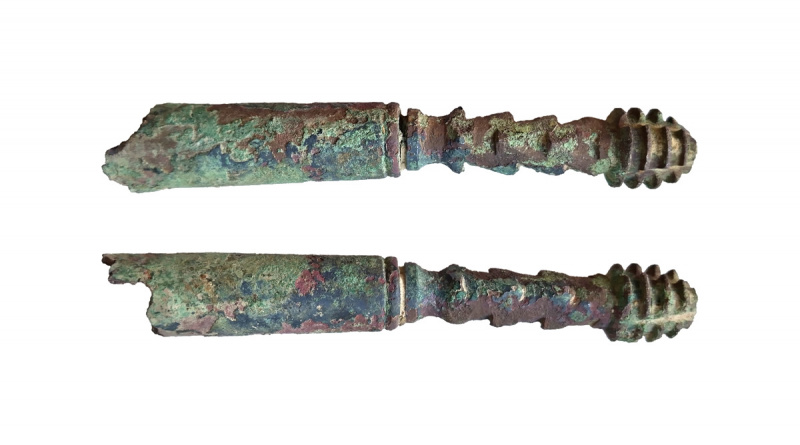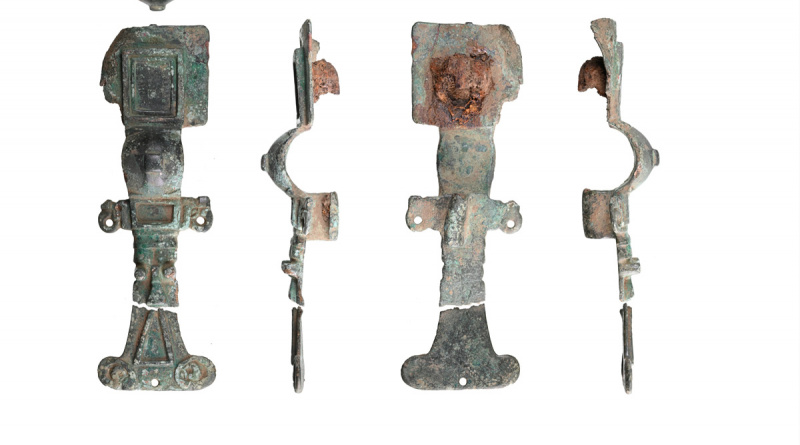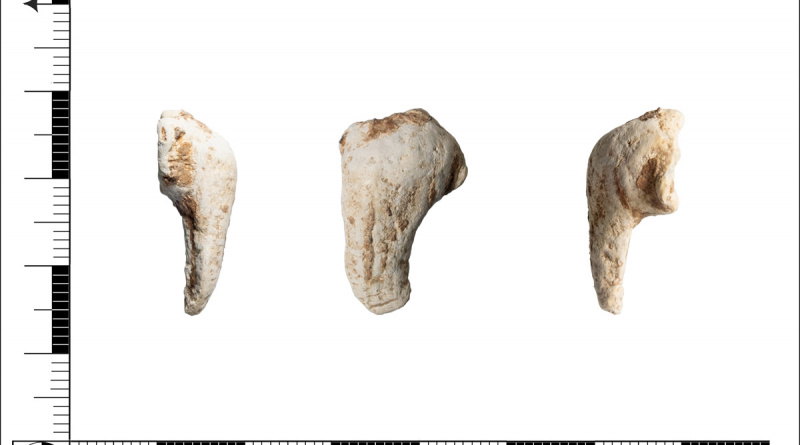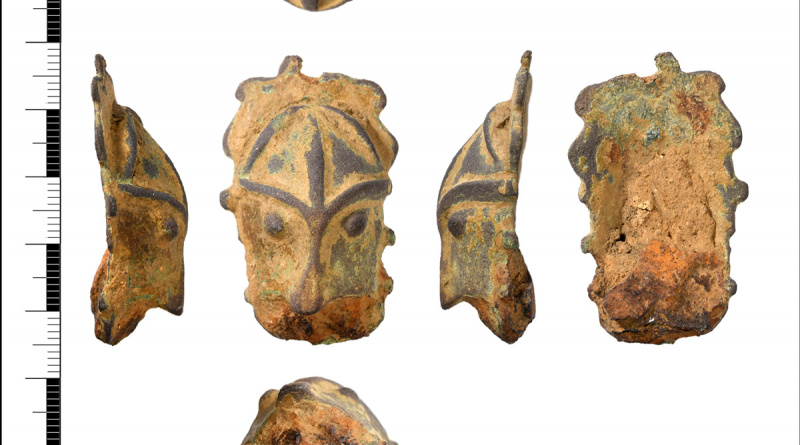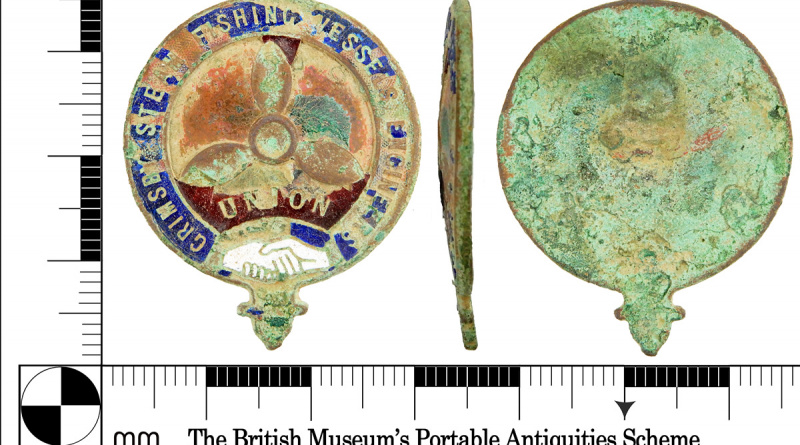PAS Finds (w/e 17/02/23) – Jag
PAS Finds (w/e 17/02/23) – Jag
My selection of the detecting finds recorded at the PAS during the week ended 17 February 2023. Some interesting finds but nothing that special to become a Featured Find.
Selection of finds
16th century musket jag
A jag for cleaning a 16th century musket. A ram rod would be inserted into the open end and a rag wrapped around the ridged end to clean the inside of the barrel. Jags of a very similar design are still available today to clean guns.
Anglo-Saxon cruciform brooch
A copper-alloy brooch, broken in two part, dating to AD 525 – 570. Cruciform brooches became popular at the start of the 6th century. It’s form is described in the PAS report as “highly unusual” and it has been designated a Find of Note of Regional Importance.
Form for a Roman brooch
A form or model for a two part Colchester derivative Polden Hill brooch from about 80-120AD. This lead alloy form was made as the first stage to manufacturing brooches. This is only the 6th example on the PAS and is a Find of Note of Regional Importance.
Stirrup strap mount of a head
A stirrup strap mount dating to about 1000 – 1200. It’s in the form of a head, possibly with a Norman style helmet. There are several similar mounts recorded on the PAS but he findspot of Doncaster is the most northerly. Hence, it’s a Find of Note of County Importance.
Buckle of a winged lion
A copper alloy buckle dating to about 1100 – 1300. The PAS record describes the design as “a winged lion or sphinx with serpent”. It is a Find of Note of County Importance.
Badge of the Grimsby Steam Fishing Vessel Engineers Union
A badge for a trade union for workers at the Grimsby fishing port, once the largest in the world. It started with 14 members in 1896 and reached a peak of 1232 in 1912. As the port declined so did the membership and it merged into the TGWU in 1976.

